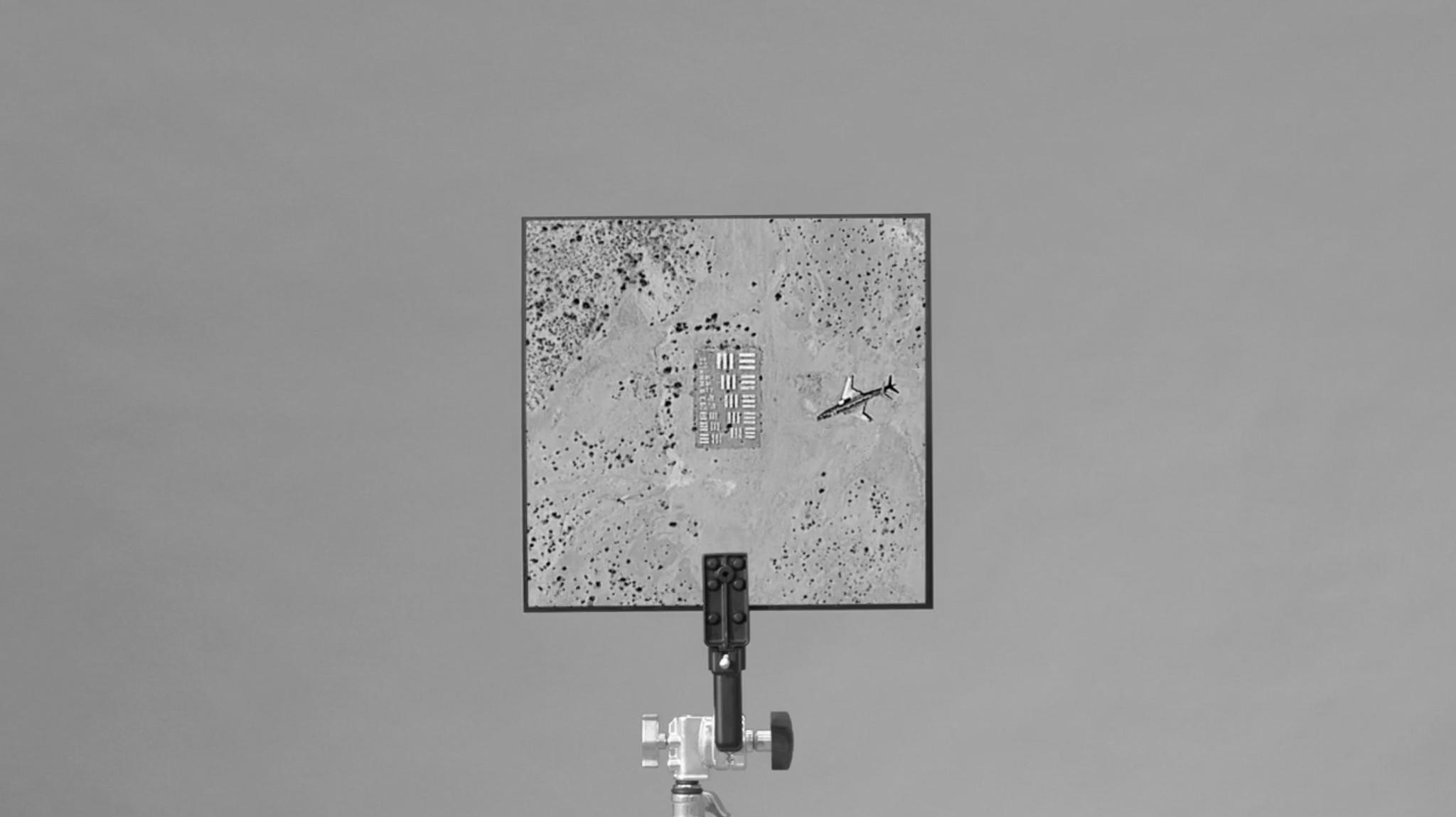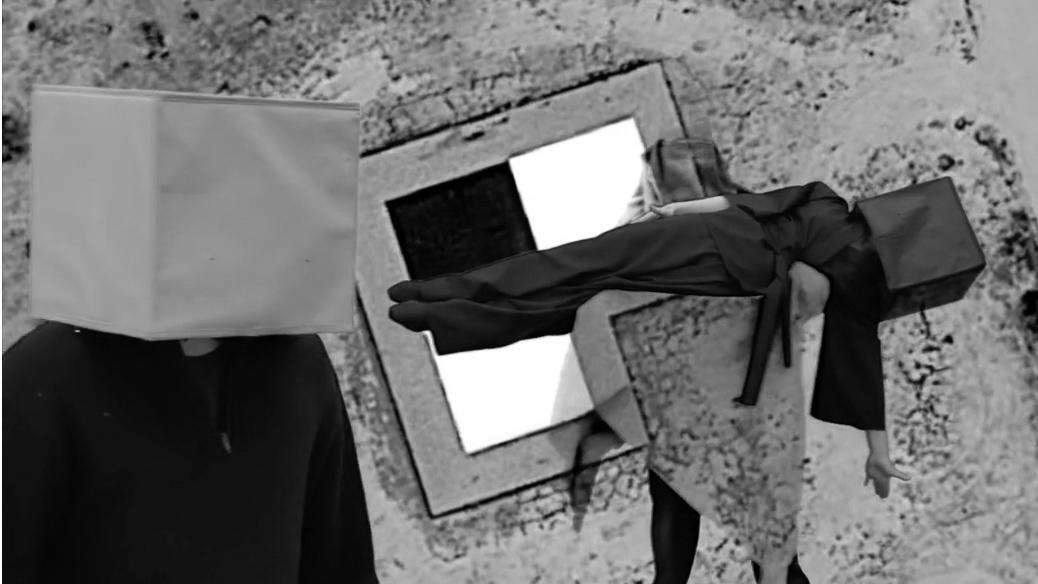
3 minute read
How Not to Be Seen


Advertisement
Yuning Feng
Hito Steyerl, a German filmmaker and visual artist, created How Not to Be Seen: A Fucking Didactic Educational .MOV Film (How Not to Be Seen). Steyerl’s work is often in close communication with the current political issues, such as surveillance, militarization, and media. Her role as an artist is not limited to creating static art displayed or sold; she pushes the boundaries of both her artistic role and the definition of video art. Instead of a pure abstraction of an idea, her artworks derive from profound, scholarly research and interviews.
I am interested in the ambivalence of invisibility discussed in How Not to Be Seen. As stated in the title, this is an educational film. In it, Steyerl gives lessons on keeping individuals from being “visible” from the public, government, and even from image-capturing devices. She provides an opinion on the definition of “visibility,” which, in a way, determines “how not to be seen.” The visibility, in her lessons, is indicated as the object’s size in comparison to a single pixel, his/ her role in the community, his/her representation in politics, and the object him/herself. The titles of each lesson—how not to be seen by a camera, how to be invisible in plain sight, how to become a picture, how to disappear, and how to merge into the world that is made of images—provide a comprehensive and sophisticated discussion framework for this topic.
Apart from being a visual artist, Hito Steyerl is also an avid writer. Specifically, Steyerl states that being depicted in an image, a pixelation process, is not the equivalence of representation-- “Participating in an image is not the same as being represented by it” (Steryerl, 2010). In one of her writings, she discusses the idea of active participation:
“If identification is to go anywhere, it has to be with this material aspect of the image, with the image as [a] thing, not as representation.”
--A Thing Like You and Me, 2010 In order for an object to sustain its individuality, its identity, it requires autonomy within the object. A cup is a cup without the potter. An idea is an idea without people explain it. But a reflection of an object is not the object, because it does not have autonomy—it requires the object itself. Ignoring such dependence results in inaccurate representation. The evolution of technology is not equivalent to the improvement of “what we see”.
As users and subjects of such a process, do we have the agency to make choices and deciding how and how much should we be represented? Do we have the ability to do so? Living in New York City, we are being videotaped 24/7 by LinkNYC cameras on the streets. Even though the company stated in their privacy policy that the footage will only be stored up to 7 days, who are the checks and balances in this process? Presidential candidate Andrew Yang’s controversial proposal—the privatization of data produced by specific individuals; in this way, one can receive monetary benefit using their data.
The fear of being tracked and the fear of being eliminated as a subject—what are we afraid of?
The distrust of representation and the desire of being a thing—is it possible that such distrust and desire are just mirroring each other?
Two years ago, I watched this video in an art class feeling disturbed. Now I feel more than ever apprehensive and dismal when I watched it again.







